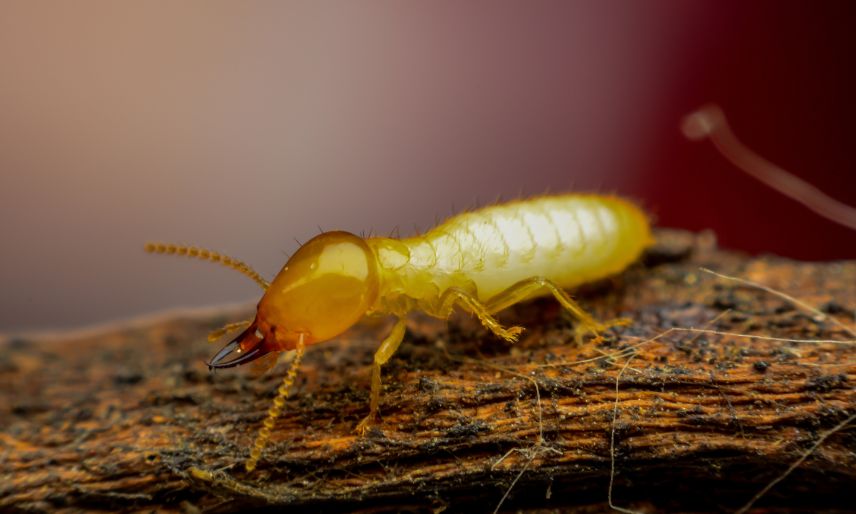
What does termite control entail and why is it crucial?
Termite control encompasses the identification and eradication of termites from residential or commercial structures. Termites, small insects organized in colonies, pose a threat by consuming wood, leading to significant damage and jeopardizing the building's structural stability. Given their elusive nature, termites can remain unnoticed for extended periods, resulting in severe and costly destruction. The necessity of termite control lies in safeguarding properties from termite-induced harm and ensuring the well-being and safety of occupants. Termites can trigger allergic reactions and respiratory issues, underscoring the importance of mitigating their presence.
Various approaches exist for termite control, including chemical treatments, baiting systems, and physical barriers. Chemical treatments involve the application of pesticides around the building's soil, forming an impervious barrier to deter termites. Baiting systems entail strategically placing bait stations that termites feed on and carry back to their colonies, disseminating the poison. Physical barriers encompass installing physical materials or barriers around or beneath the foundation or structure to impede termite entry. It is crucial to highlight that professional pest control services should handle termite control, as they possess the expertise and equipment to effectively identify and eliminate termites. Regular inspections are also recommended to promptly detect any signs of termite infestation and address them before extensive damage occurs.
Recognizing Signs of a Termite Infestation in Your Home or Business
- Mud Tubes: A conspicuous sign of a termite infestation is the presence of mud tubes. These tubes serve as both transportation routes and protective shields for termites against predators. Typically resembling the width of a pencil, mud tubes can be found on walls, floors, and foundations. Constructed using soil and termite saliva, they connect the subterranean termite colony to their food source (your property).
- Swarmers: The appearance of swarmers indicates a termite infestation. Swarmers are reproductive termites responsible for establishing new colonies. Measuring about ¼ inch in length, they possess wings and are commonly observed during spring and summer. Look for swarmers near windows, doors, and other openings in your home or business.
- Wood Damage: Since termites consume wood and cellulose materials, any signs of damaged wood can indicate a termite infestation. Pay attention to wood that produces a hollow sound when tapped, exhibits visible holes, or appears crumbly. Termites often leave a thin layer of intact wood on the surface, making the damage challenging to detect.
- Discarded Wings: Discovering small, discarded wings around your property may signify a termite infestation. When swarmers are prepared to establish new colonies, they shed their wings. If you find discarded wings, it is crucial to inspect for additional signs of an infestation to confirm the presence of termites.
- Presence of Other Pests: Certain pests, such as ants, can be drawn to termite infestations. Increased ant activity in your home or business could be a potential indicator of a termite infestation. Termites and ants share similar feeding habits, so it is not uncommon to find them in proximity. If you suspect a termite infestation, it is essential to seek an inspection from a professional pest control company. They can confirm the presence of termites and develop a tailored treatment and prevention plan. Neglecting a termite infestation can lead to substantial damage and costly repairs, underscoring the significance of addressing the issue promptly upon identification.

